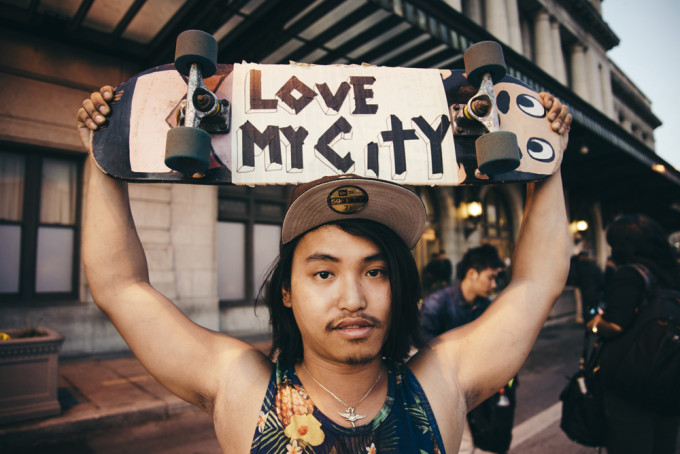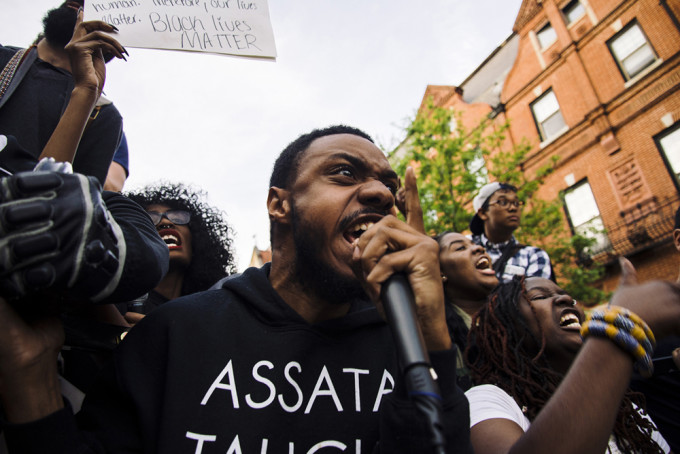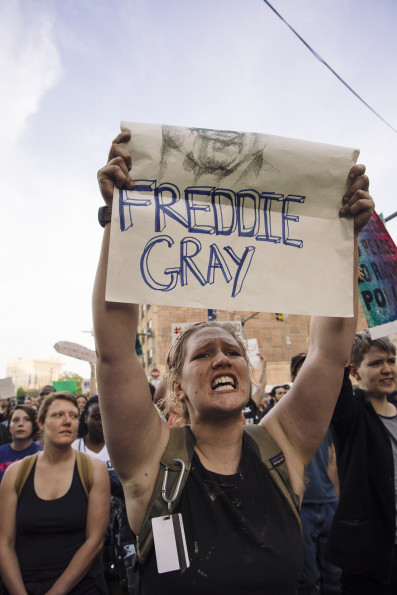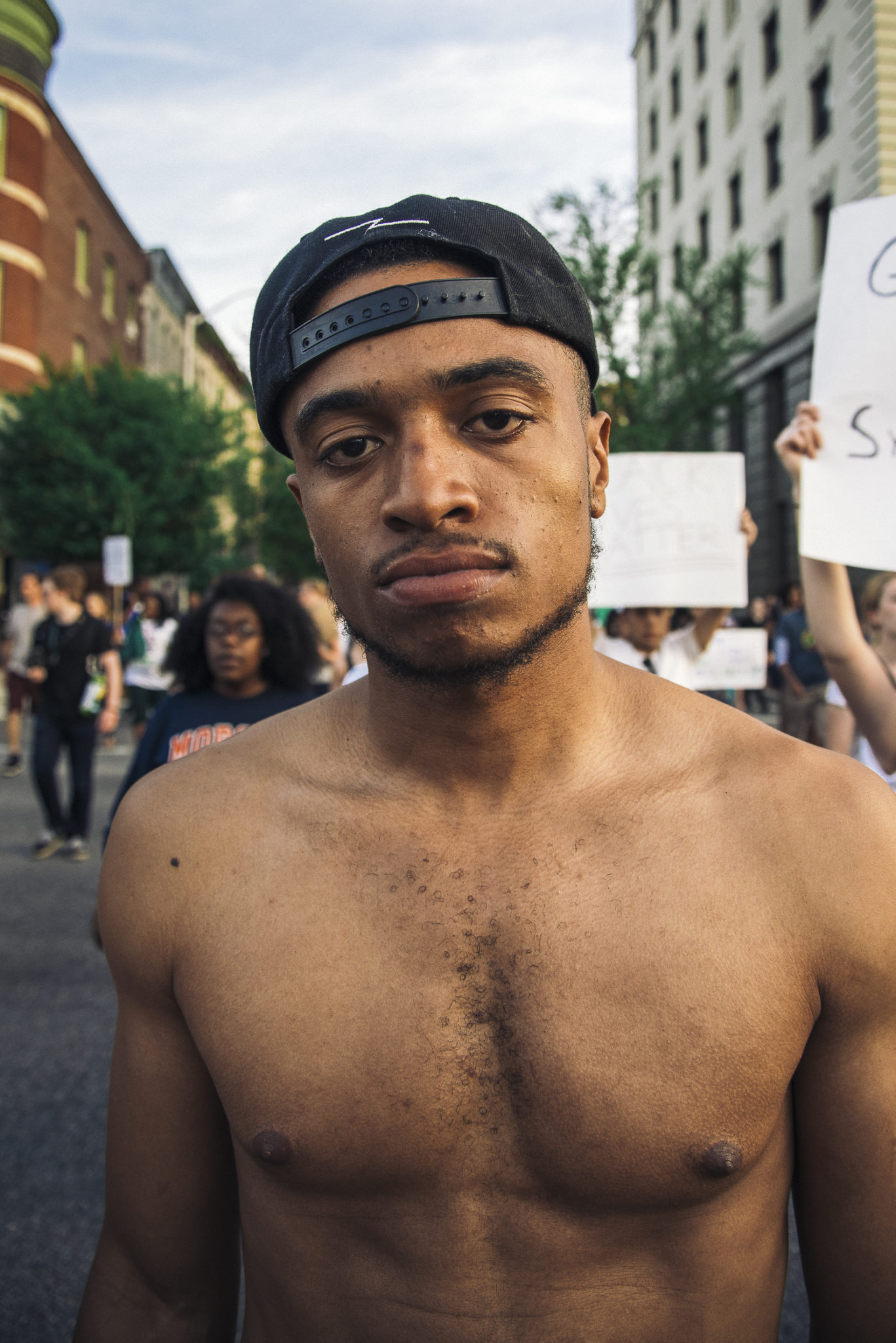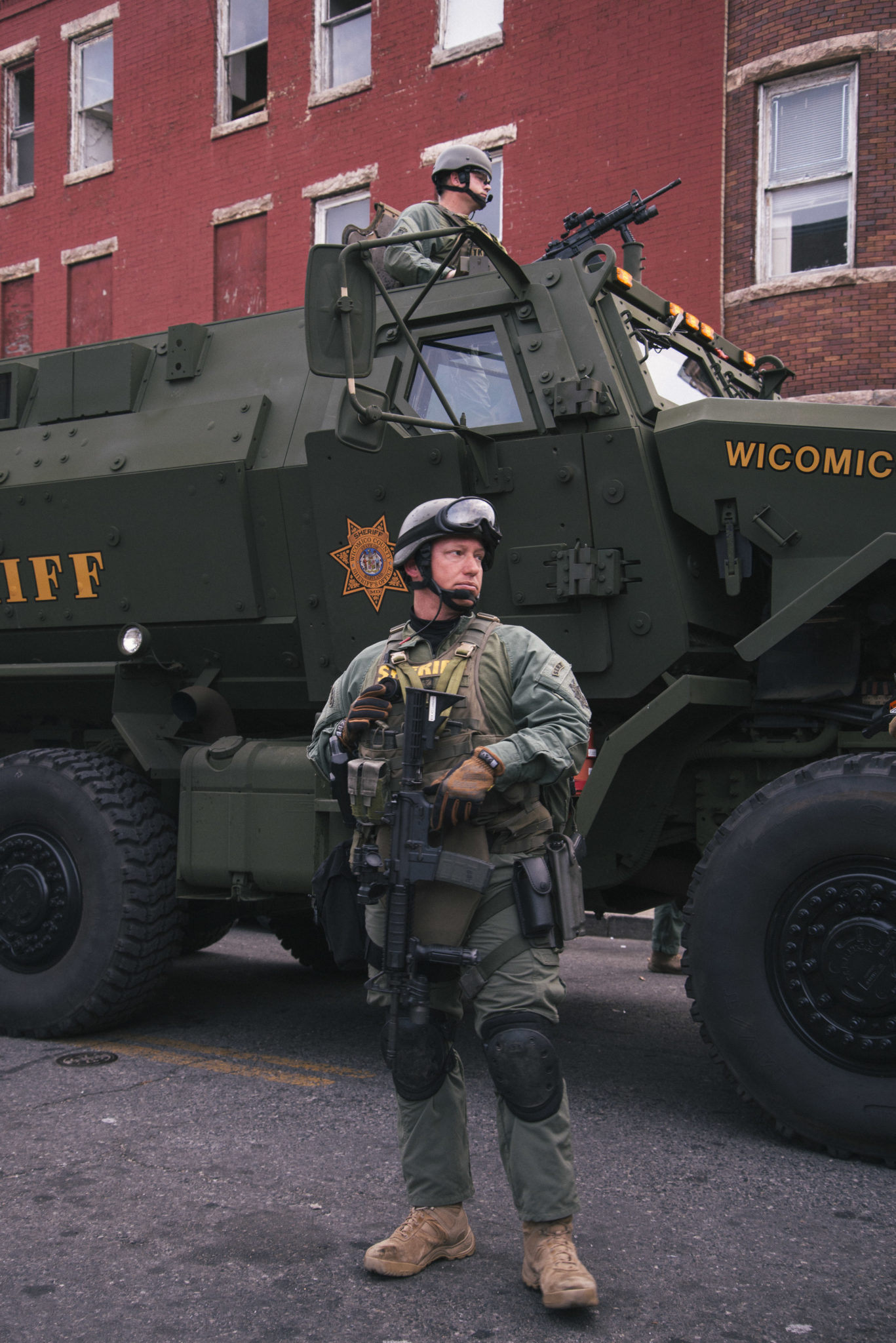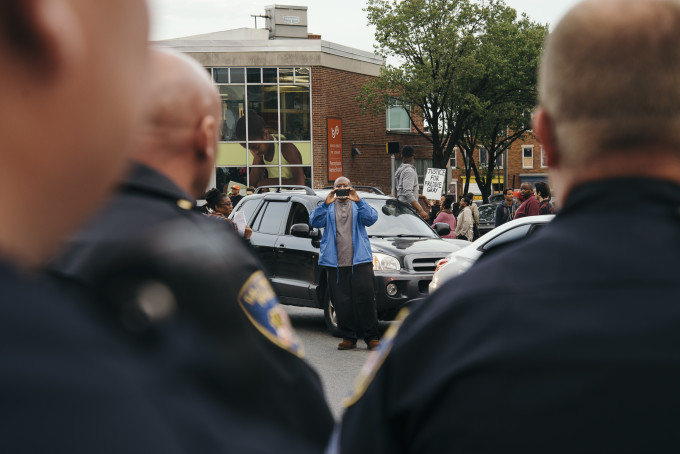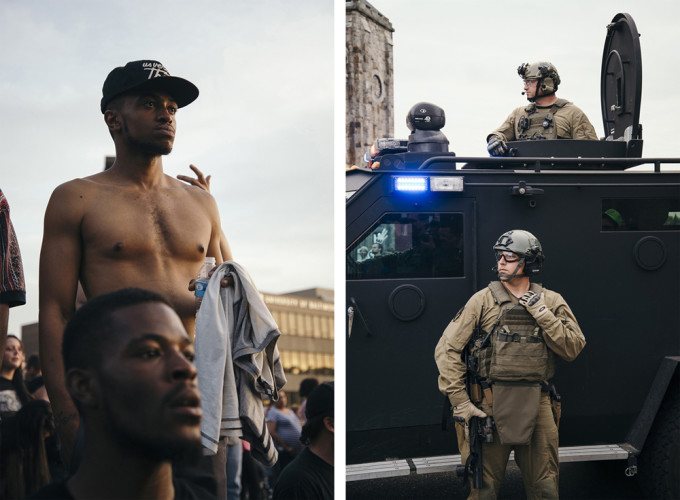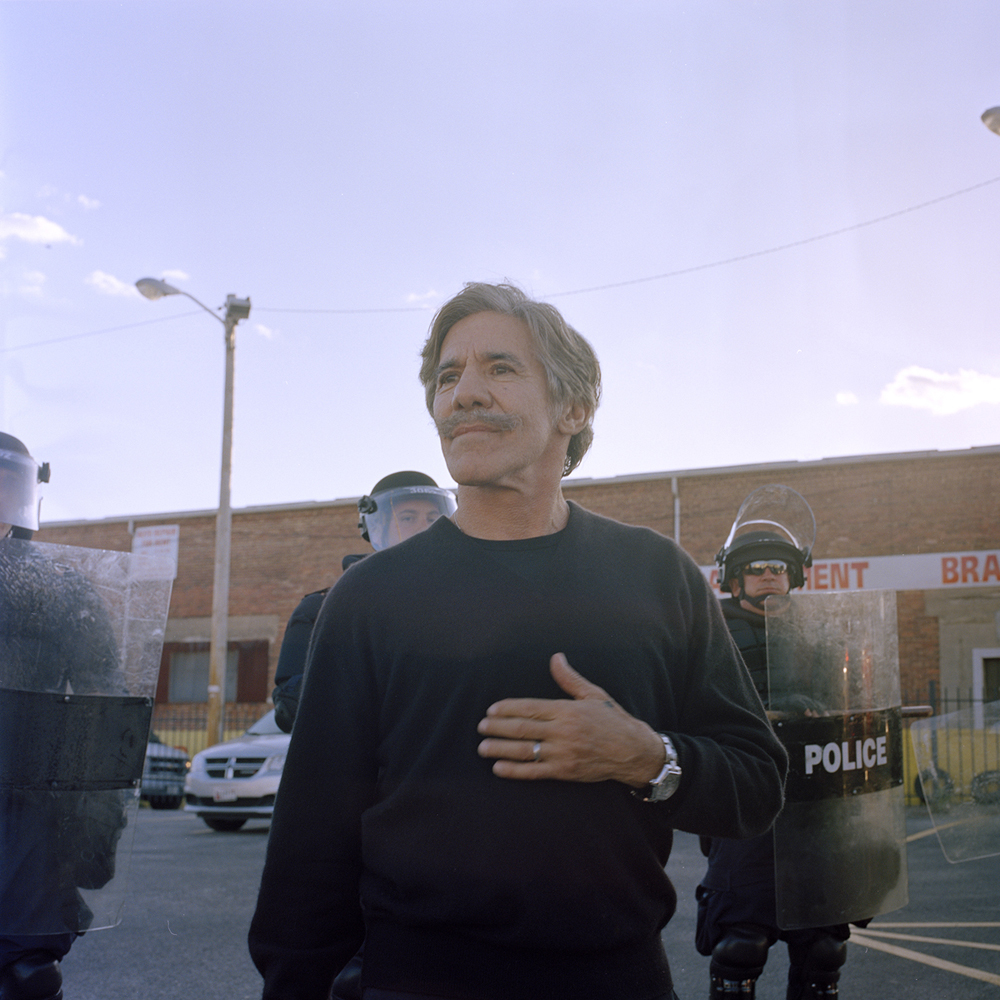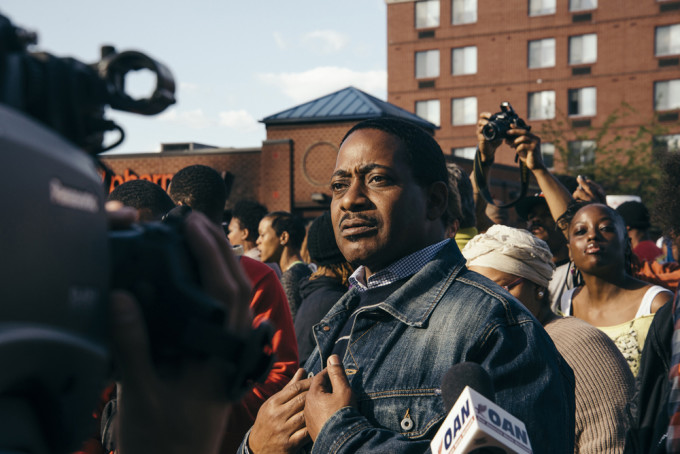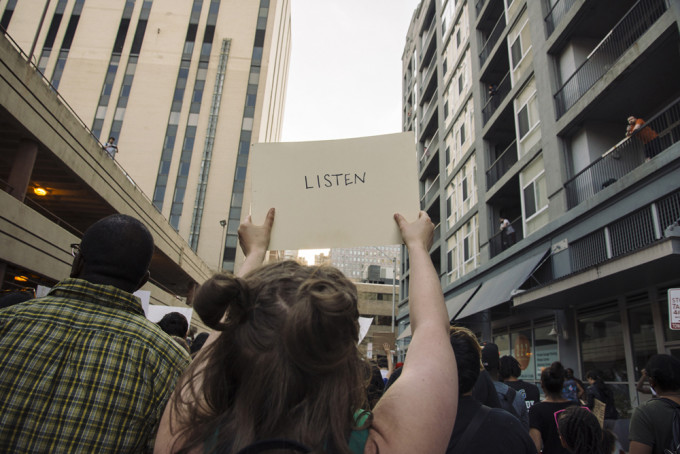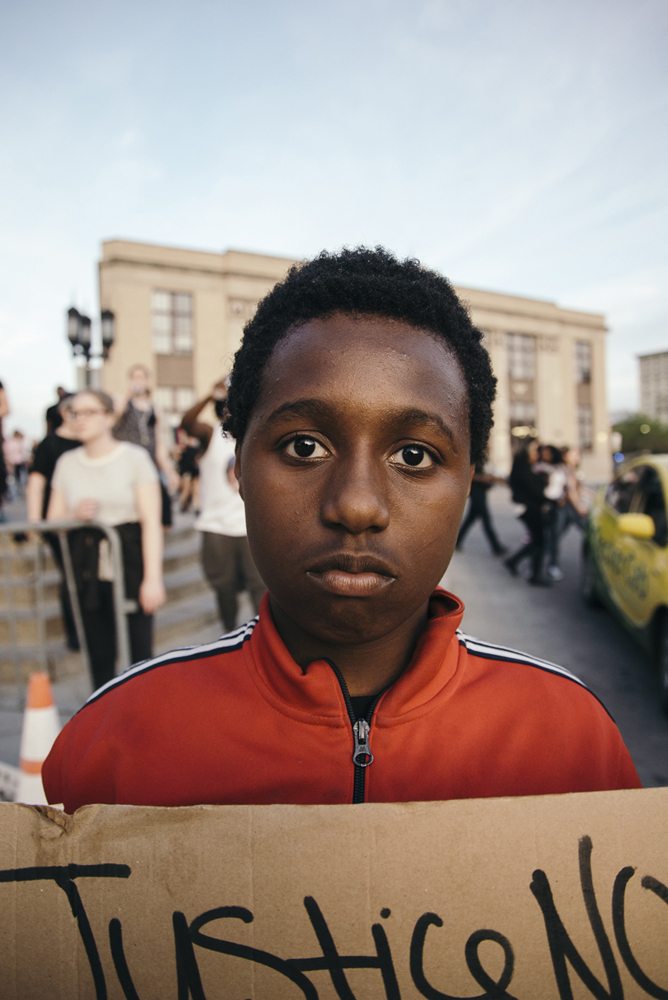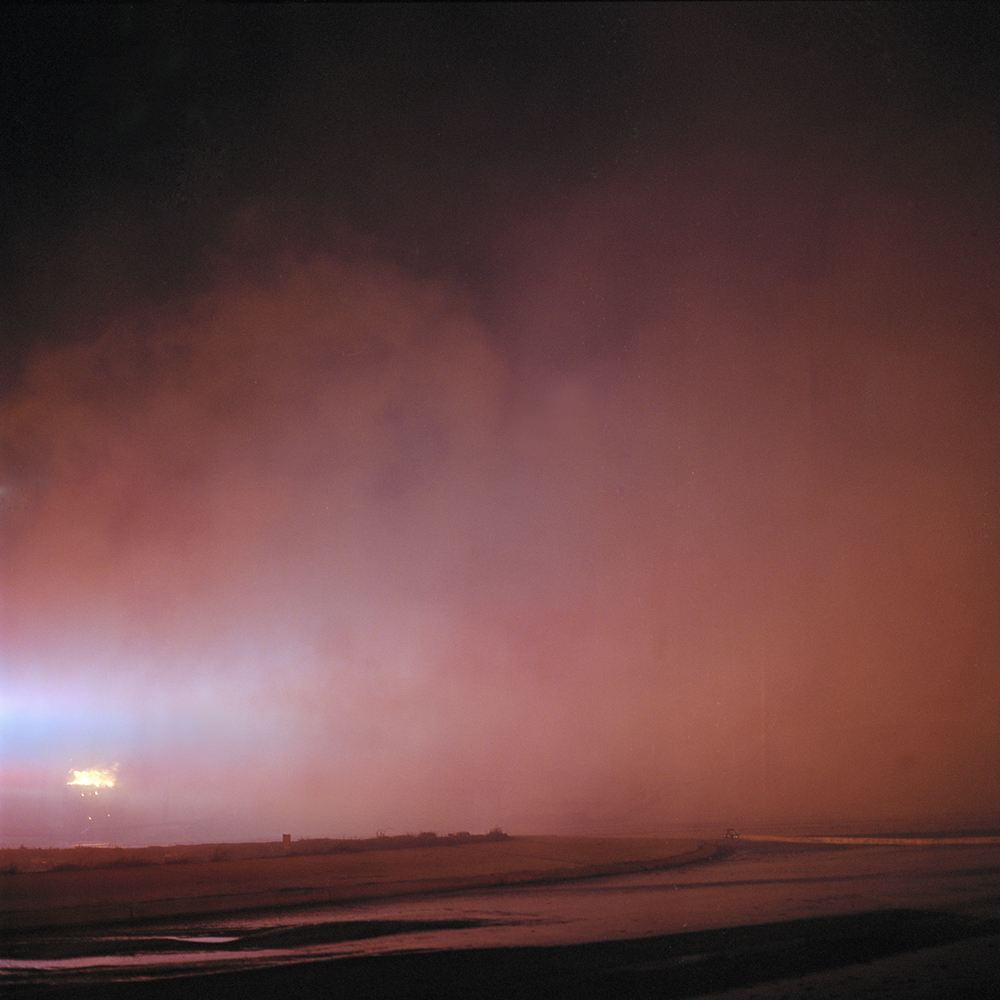All images by Jack Sorokin. Used with permission.
“On April 12, 2015, Baltimore City Police Department officers arrested Freddie Gray, a 25-year-old African American resident of Baltimore, Maryland. Apparently in good health at the time of his arrest, Gray sustained injuries to his neck and spine while in transport in a police vehicle. Freddie Gray died on April 19, 2015, a week after the arrest.”
If you’ve been paying attention to anything in American media beyond the stupid things Donald Trump says, you’ll know about protests and police brutality. One of these stories is the focus of photographer Jack Sorokin. The project, “The Death of Freddie Gray” is a documentation of the events that happened after the news broke.
“…the projects i’m most passionate about are the ones that have the potential for positive social impact.” says Jack in his email to the Phoblographer. “The project I have submitted embodies this for me.”
Phoblographer: Talk to us about how you got into photography.
Jack: Photography has been a part of my life since day one… literally. My mom was a photographer and even moments after I was born she asked my dad for her Nikon F3 (the same 35mm camera I use today) and started shooting me. As a kid I helped her in her darkroom. As a teenager I worked as her assistant and editor in her home studio until she gave me my first DSLR at age 15. It was her old Nikon D70 and boy was I addicted to shooting after that. Slowly my interest in photography got more serious as I started shooting on film and experimenting with larger format cameras.
There was a poster in my high school photography class of Richard Avedon’s portrait of Marilyn Monroe. I spent as much time as possible in that classroom and overtime became obsessed with Avedon’s work.. especially that image. I was drawn the authenticity he captured in that still of Marilyn. She wasnt the smiley, happy, and sadly fake persona id always seen her as… she was real. He found a very human moment and I was after the same thing.
By my senior year of high school our living room was permanently set up as a photo studio. Almost everyday i would bring home friends to photograph portraits of. Hoping to hone whatever skill Avedon has mastered so well.
At age 18 I headed to MICA (The Maryland Institute College of Art) in Baltimore to study photography. My time at MICA opened my eyes to range of fine art work out there. I got deep into making conceptual photography and experimenting with x-ray film and other alternative mediums. I was still always shooting portraits though. Still seeking those moments of authenticity and humanity in other people.
Shortly after college I moved to Austin Texas where i am now working as a freelance photographer. I shoot editorial, commercial, and advertising work for clients like: Google, Razorfish, Zagat, Refinery29, and Austin Monthly.
Phoblographer: What made you want to get into documentary photojournalism?
Jack: At the very end of my time in school protests broke out in Baltimore over the death of Freddie Gray. I dropped working on my thesis (only a few weeks before it was due) and was out on the streets shooting everyday for the next week and half. This was definitely the turning point in my photographic career that made me want to focus on documentary photojournalism.
Phoblographer: So tell us more about “The Death of Freddie Gray,” what’s your emotional connection to the series?
Jack: I was living only a mile down the road from where Freddie Gray died at the time of the protests. It was an extremely emotional experience for a bunch of reasons. First, I found myself in the middle of a very scary and chaotic situation…
I watched the grocery store I went for four years have its windows smashed in and hordes of people running out with bags full of stolen goods. I saw cars on fire just down the street from me. I had never been in something like that before.
Just as the destruction was taking an emotional toll, I was also seeing my community change overnight. Baltimore is an extremely racially and economically segregated city and suddenly i saw those barriers come down. People of all walks of life came pouring out into the streets to demand justice for Freddie Gray and peace in our city. It brought tears of joy to my eyes over and over as I saw my city come alive and become a community. Baltimore always felt dangerous. It was a place your look over shoulder as you walk down there street. It breathed distrust… but in the midst of this protesting I felt very very safe.
One great example of this was one night during the mandatory curfew imposed by the national guard, a few of my neighbors set up outside their stoop and started playing music and MC-ing as the curfew set in. They were asking everyone on our block to come outside and join them. The message was “don’t be afraid to come outside. Wake up and see all of those around you who are feel that same fear.” In not too long there were 50 people dancing in the street, chatting and making friends, singing and spreading joy. None of us knew each other before…yet we had all lived right next to each other for so long… afraid. This was one of those moments where I felt deeply touched…I felt like I had a community all of the sudden. This was the same street that only days before I was scared to walk down alone at night…now I felt at home.
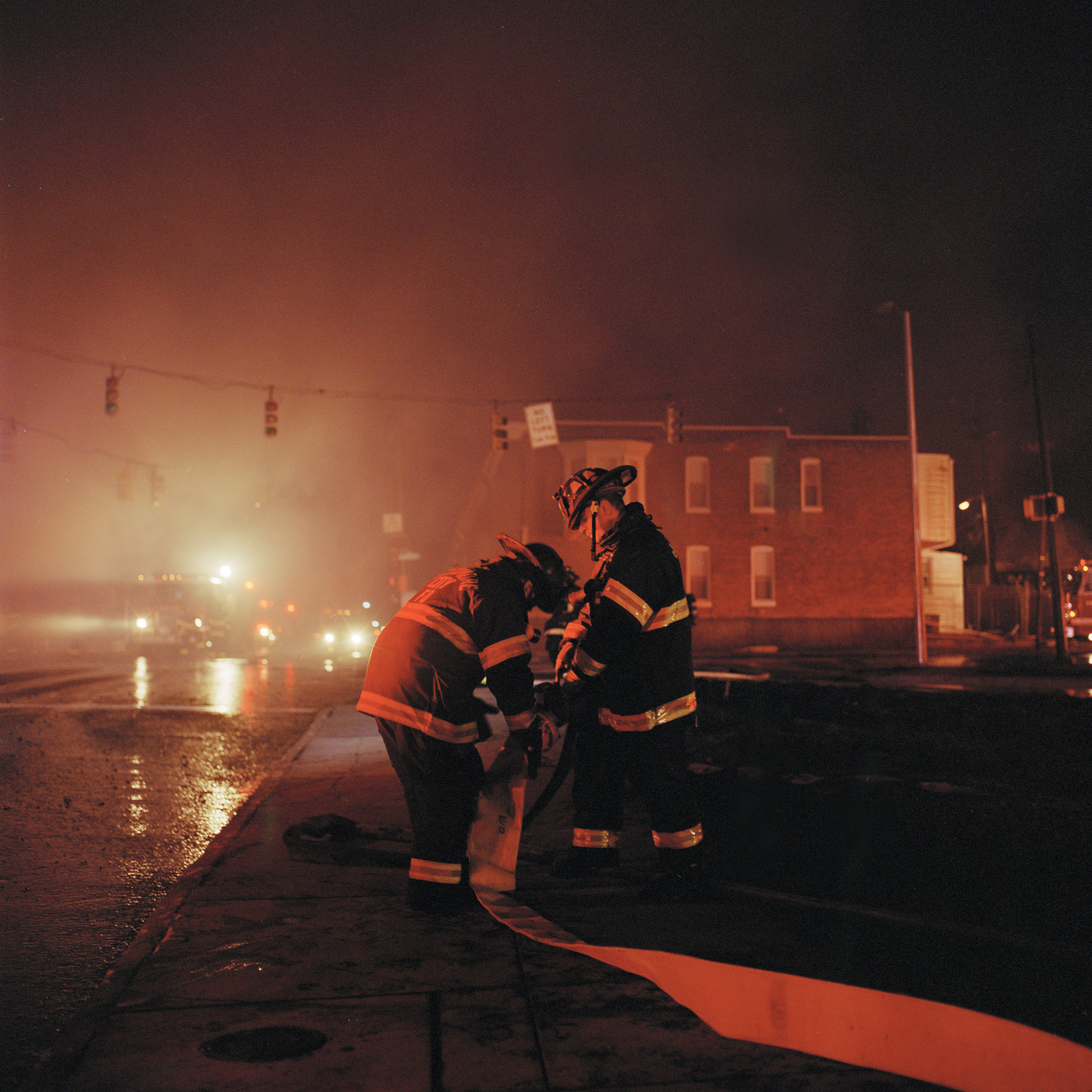
Phoblographer: As you’ve been in the process of photographing this project, what have you thought about its framing and presentation?
Jack: In making this project I quickly knew what perspective I needed to take. I saw how the major new outlets were portraying the protests. They would focus on how many cars were burned or if there was going to be violence at night…but that was clearly not the truth. The truth was that this community was finally speaking up for the injustices it faces all the time and other people…white people who did not experience the same injustices were joining in this fight. I knew that i needed to focus on the positive change happening in Baltimore. That out of this fire came new life. I wanted to show the emotion in the people involved. The news often focus on the destruction and i wanted to focus on the people. Everyday i was out there on the streets shooting I could literally feel the air being filled with energy and emotion. It was incredible! People who for so long were neglected, were making themselves heard and were no longer afraid to do so.
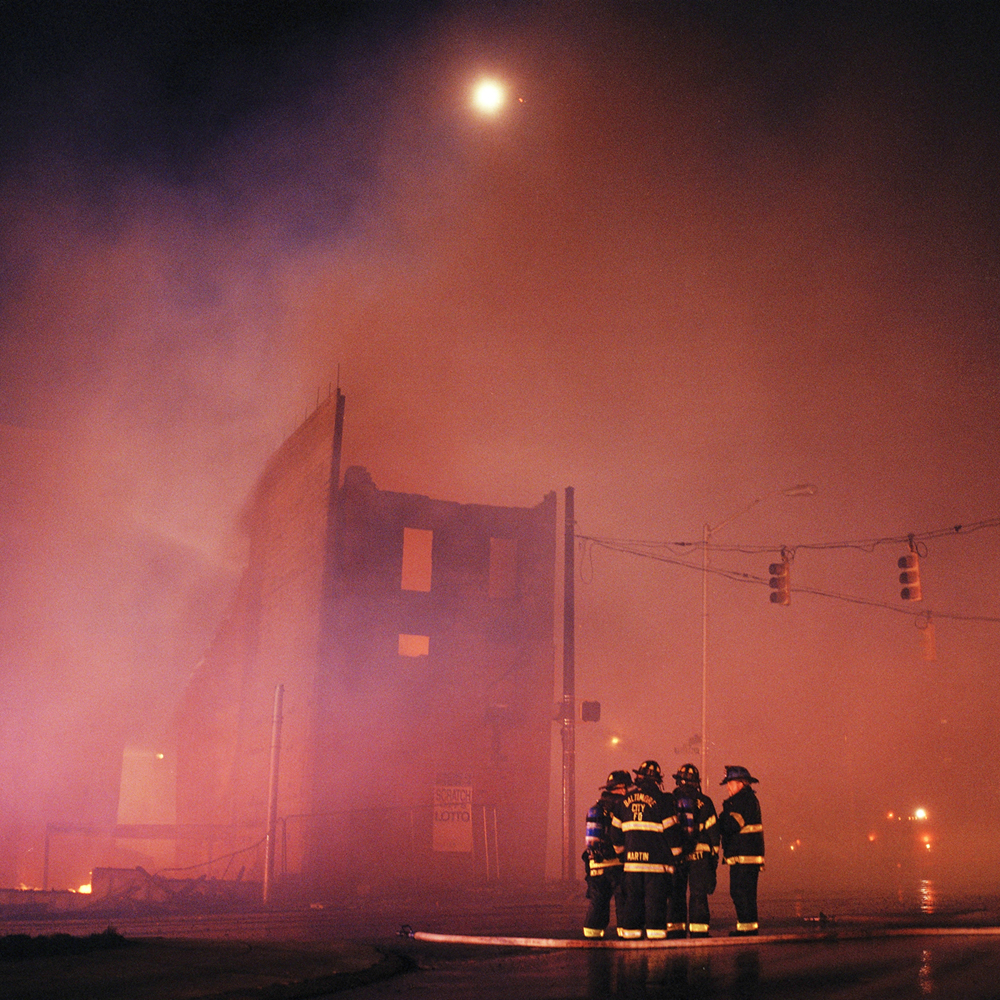
At the end of the day I was trying to bring out the same humanity and sense of authenticity that attracted me to Avedon’s portraits, but in the events following Freddie Gray’s Death. I wanted to show a more honest portrayal than the one i was seeing on TV.
Phoblographer: You’ve got lots of protest images, but what do you feel are the important parts of the story that you need to tell but that you haven’t yet done?

Jack: I think there is follow up work to be done with this project. I would like to go back and get individual portraits and interviews with people from the community. I’d like to ask them what effect the protests had and how thing are their community is the same or different now. Often times people tell the exciting part of a story and never go back to see what came of the event that transpired. Sometimes i feel guilty that I have done exactly that… never the less I do plan to go back and continue this work since it is so deeply personal to me.
Phoblographer: How do you feel the use of text and emotions makes this series and those specific photos more effective?
Jack: I think the images that show strong emotions help express that energy i was talking about. They show the deep frustration and sadness so many of us felt and the cry for change we all demanded.
Phoblographer: Does anyone not want to get their pictures taken? How do you usually approach people asking them for their photo?
Jack: I didn’t run into anyone refusing to have their image taken. The people out in the streets demanding peace and justice were there to be heard and see. They wanted the attention badly…especially since the news cameras weren’t listening to them. I was honored and happy to help provide that outlet.


